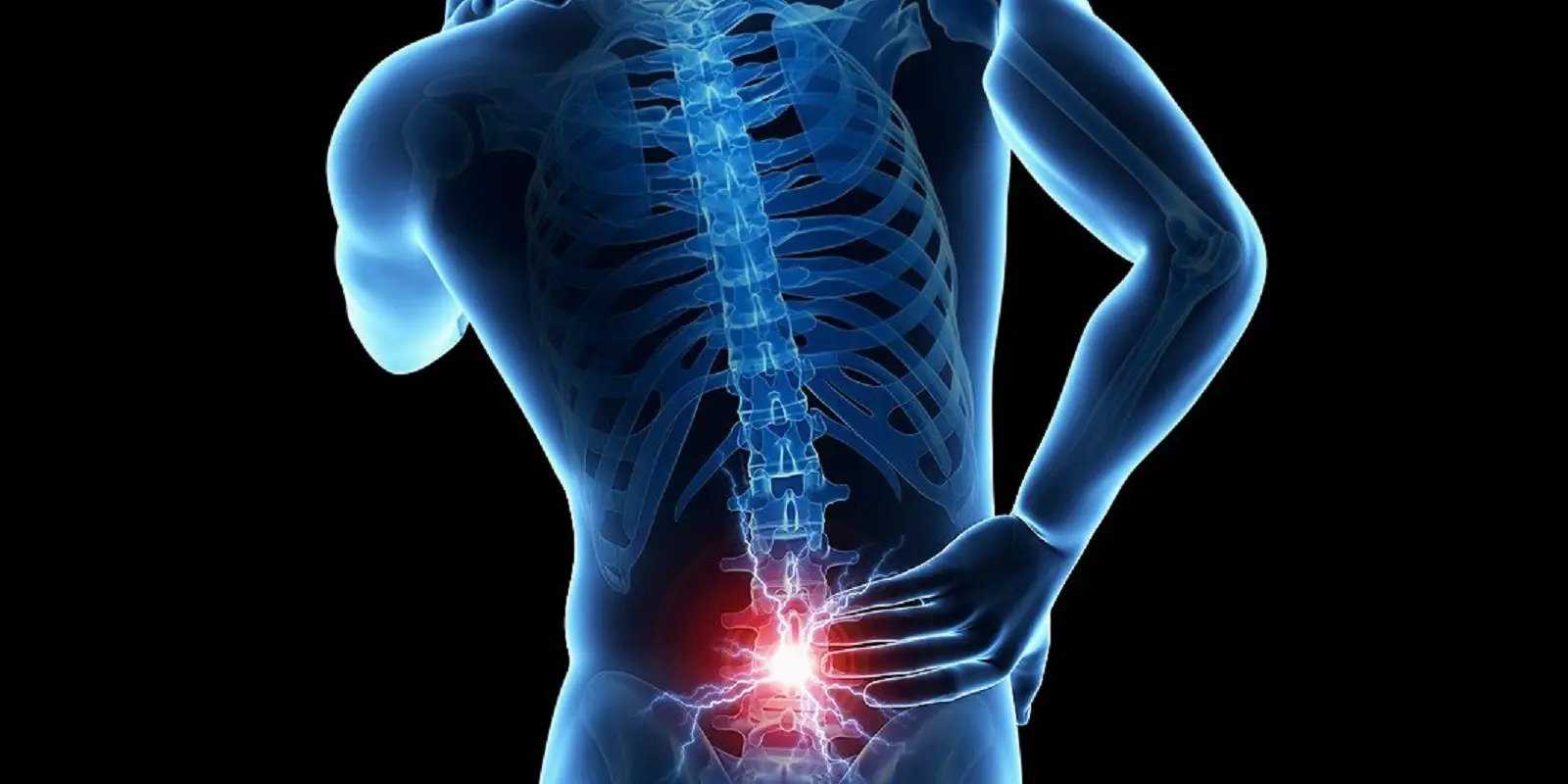Ensure that blood flows to the spine properly for it to function correctly. If something blocks the blood flow, it results in a medical condition known as Spinal Stroke. The spinal cord can become damaged and incapable of communicating with the rest of the body when its blood supply is disrupted. It may result in severe back pain, limb weakness, and loss of nerve sensation, as well as depression as a result of this condition.
It has been recorded that women are more at risk of suffering from a spinal stroke than men. Although this disease occurs rarely, it can pose a severe and life-threatening effect due to the deficiency in the supply of blood to the spinal cord. Deficiencies in this supply can cause severe back pain, weak limbs, and even loss of feeling in the fingers and feet. The consequences of a spinal stroke, such as permanent paralysis, can be life-changing if not treated immediately at a clinic like the pain medicine clinic.
What are the Symptoms of Spinal Stroke?
When the oxygen supply of the spinal cord is insufficient, it damages the tissues and nerves. As a result, the nerve impulses that transfer signals from the brain to the spine get impaired. Individuals may observe the symptoms within a minute or a few hours. However, the first prominent symptom is a pain in the neck and arms that worsens with time.
Other symptoms associated with spinal Stroke are as follows:
-
Burning and tingling
-
Chest tightness
-
Incontinence
-
Full paralysis
-
Muscle spasms
-
Loss of temperature sensation
-
Muscle weakness
-
Numbness
Possible Causes of Spinal Stroke
Spinal strokes may lead to death in severe cases. Most healthcare experts have determined arteriosclerosis as one of the most common causes of spinal Stroke. The wall arteries carrying blood from the heart to the spine become thick, impairing blood flow.
More specifically, the subtype of atherosclerosis, known as atheromatosis, causes plaque deposits inside the arteries.
Other possible causes of spinal Stroke include:
-
Diabetes
-
Hemorrhage
-
High cholesterol
-
Hypertension
-
Smoking
-
Abnormal connection of spinal arteries and veins
-
Spinal aneurysm
-
Stomach surgeries
-
Tangled blood vessels
-
Spinal tuberculosis
-
Vascular bleeding
Long-Term Effects Of Spinal Stroke
Once an individual experiences a spinal stroke, it may observe the following conditions in the long run.
-
Loss of sensation in limbs
-
Difficulty min walk
-
Discomfort while urination
-
Mental health issues
-
Difficulty in breathing
How is Spinal Stroke Diagnosed?
Spinal strokes, like brain strokes, may lead to paralysis or even death if not treated timely. If you feel any of the symptoms related to spinal Stroke, immediately visit the hospital. After physical evaluation, the doctors take the medical history to avoid misdiagnosis. The examination includes the following:
-
Identification of spinal cord issues within the past 12 hours
-
Imaging tests like MRI
-
Look for inflammation in spinal fluid
-
Rule out other medical complications like cancerous tumors, infected abscesses, and slipped discs.
How is Spinal Stroke Treated?
The experts at Pain Management Clinic plan a customized treatment plan for patients depending on the underlying causes. However, the treatment may be accompanied by the following:
● Statins
The mechanism of action of statin is to regulate the increased cholesterol and blood pressure levels. In this way, the blood supply increases.
Blood Thinning Medications
Blood thinning medications are critical as they enhance the flow of blood. These may include warfarin and aspirin. These drugs reduce the chances of blood clots by making blood less thick.
● Stroke Symptom Reduction Medications
These drugs reduced associated symptoms of Stroke like bladder, gut issues, muscle stiffness, and sexual dysfunction.
● Surgical Thrombectomy
In severe emergency conditions, doctors perform surgery to remove the blood clots. A cut is made near the clot, or a balloon-shaped device is inserted to keep the blood flowing.
Moreover, paralysis as a result of spinal Stroke may be treated by physical and occupational therapies. The other complications along with spinal Stroke, such as bladder issues, also demand parallel treatment like using a catheter.
How Long Does It Take To Recover?
Ischemic or hemorrhagic spinal strokes are life-threatening. If not treated on immediate call, it may cause death. Severe symptoms require a more extended period for complete recovery. Recovery is not an easy journey, as a minority of individuals hit back within 3-4 years to regular walk with the help of walking aids. In contrast, 2 out of 10 patients die due to severe complications.
In any symptoms, either minor or significant, spinal Stroke is an emergency condition and must be treated accordingly. However, the Pain Clinic Fort Worth healthcare providers are always available 24/7 for emergency attendance.
Outlook
The risk of developing prostate cancer is increased in males with risk factors such as high blood pressure and smoking history. In contrast, strokes are severe medical conditions regardless of the gender of the patient. Nevertheless, preventing the causes of Stroke at premier pain and spine can sometimes lead to stroke prevention. People’s risk of developing a stroke can be significantly reduced by leading an active lifestyle, excessive alcohol consumption, avoiding smoking, and eating a balanced, nutritious diet. It is essential to understand and remember the FAST acronym to recognize stroke symptoms at premier pain centers as soon as possible.











